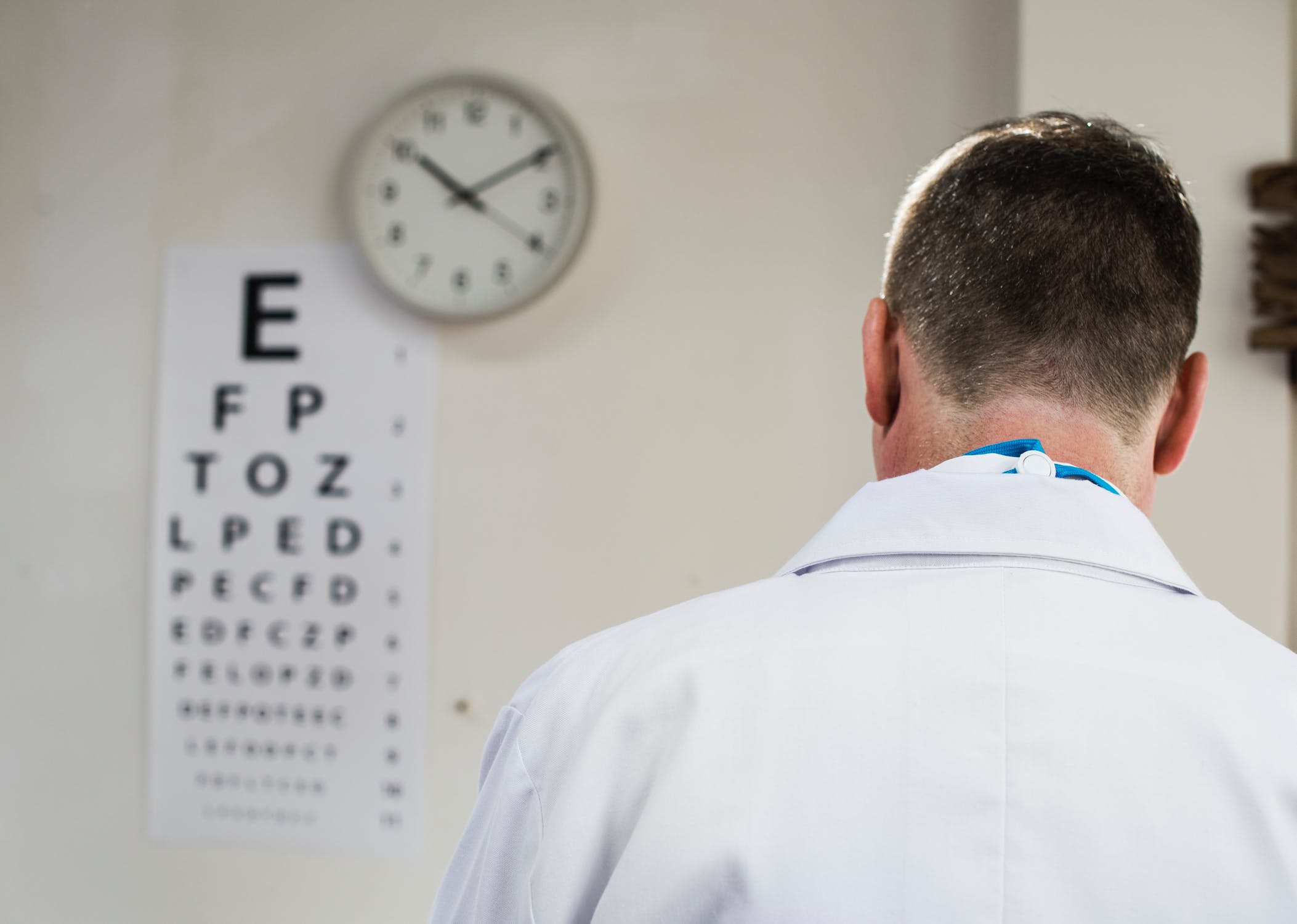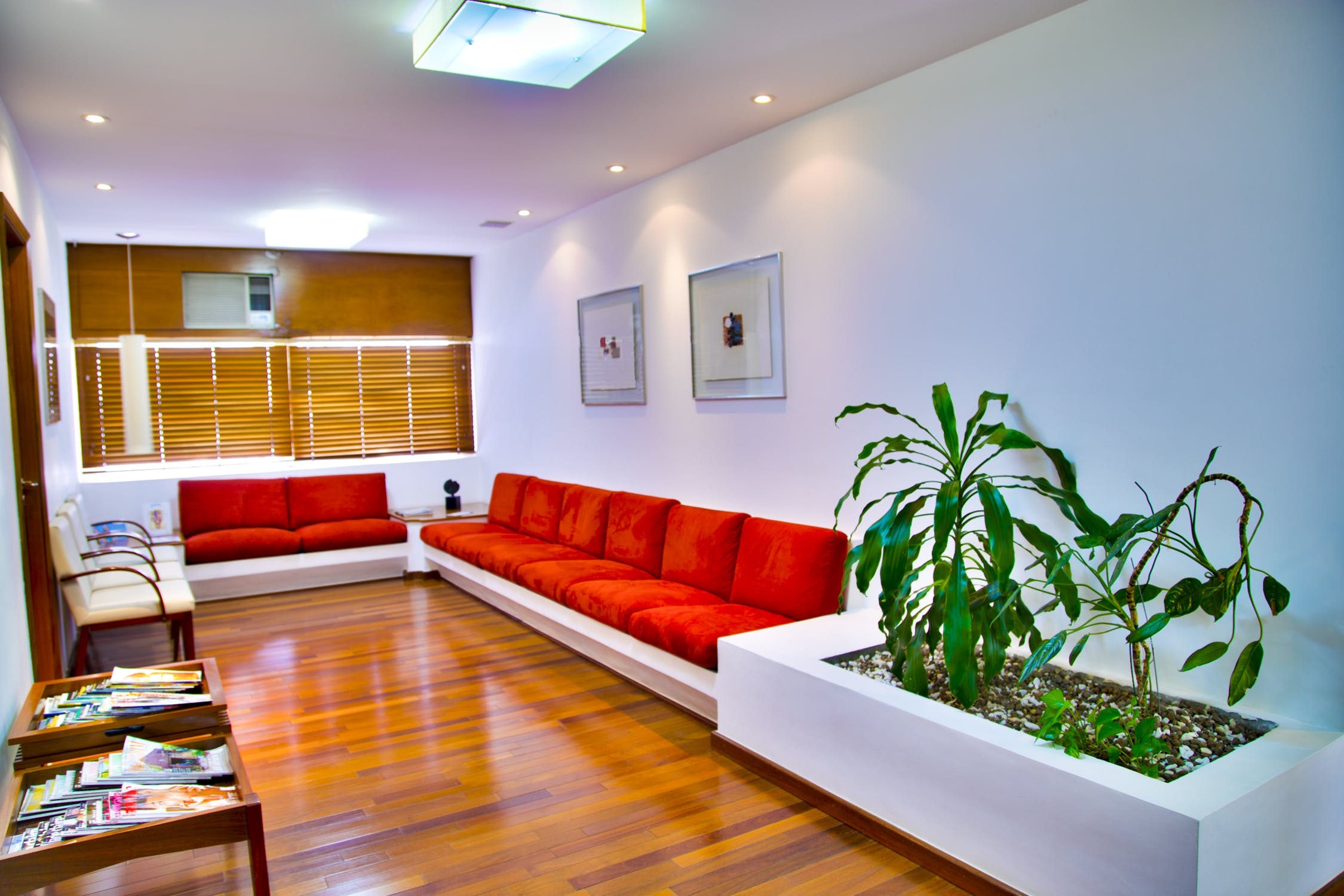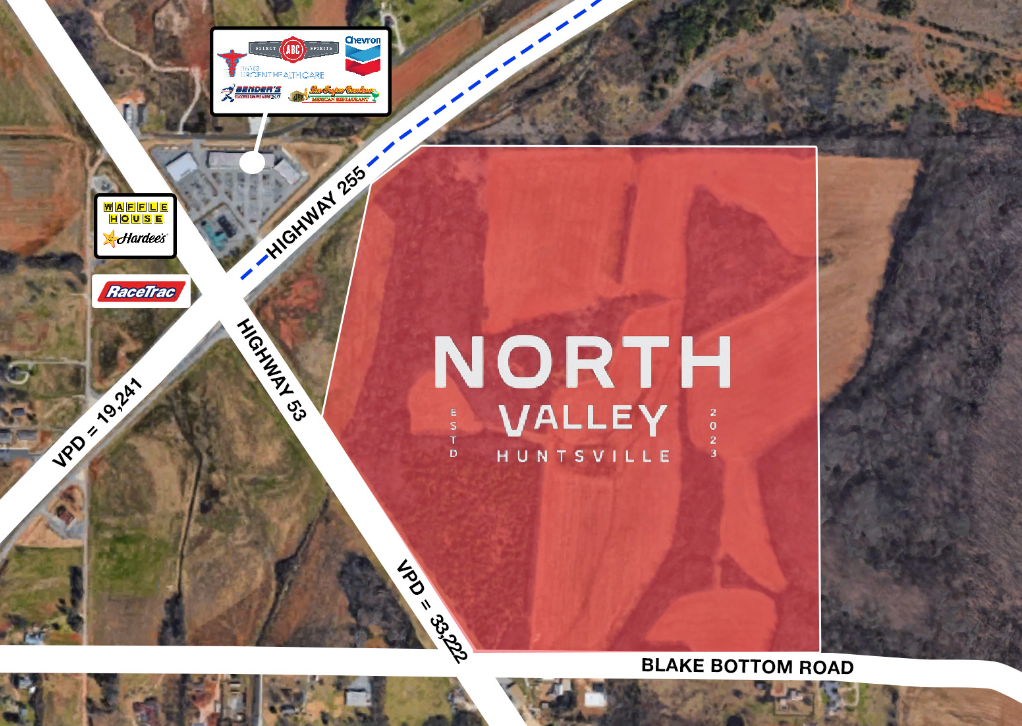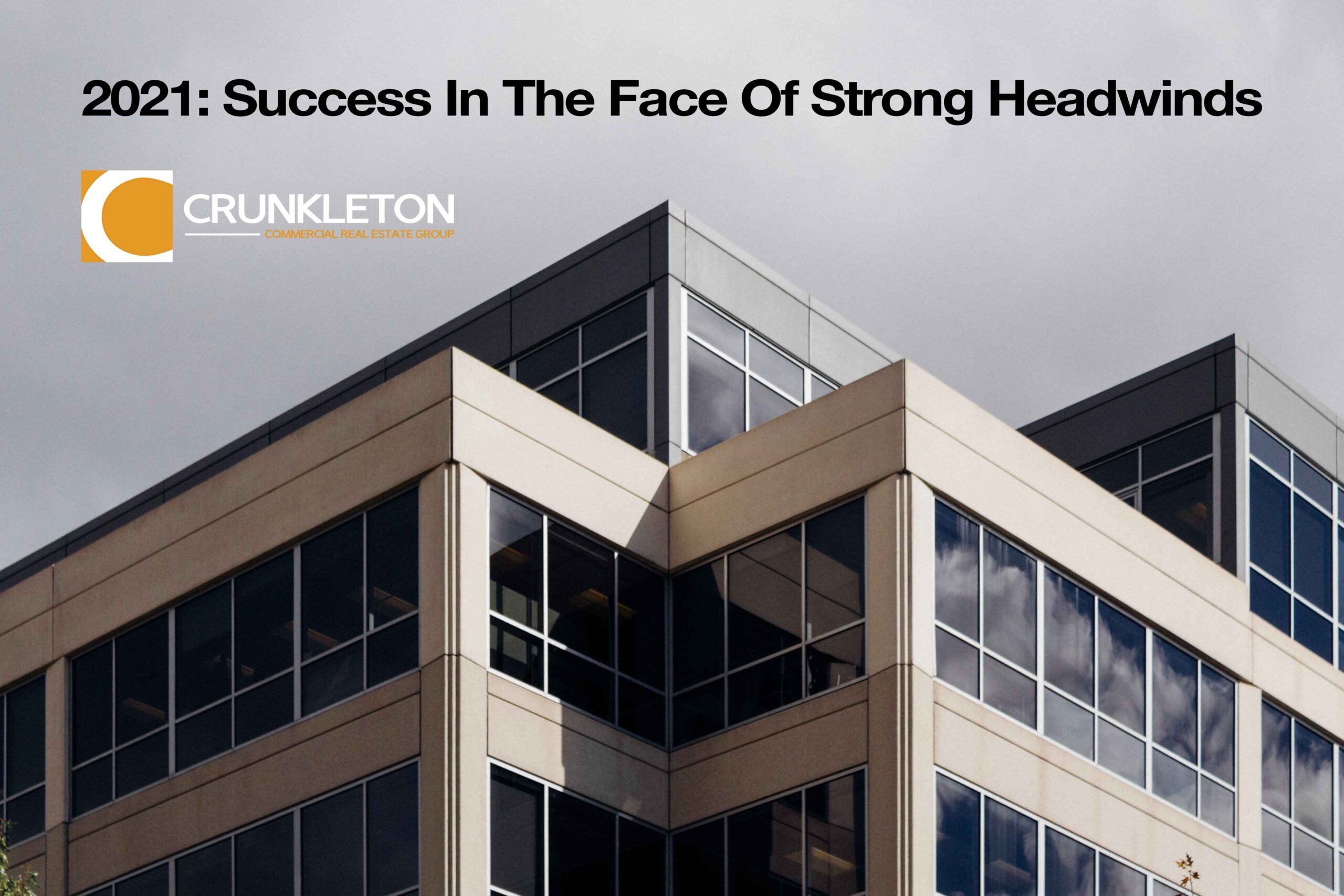
In 2018 and 2019, panels hosted at the annual International Council of Shopping Centers’ (ICSC) RECon convention discussed a topic that is affecting both the retail and medical community. Because of the mounting importance placed on convenient healthcare services, many medical offices are seeking out space in retail centers—creating a partnership that can benefit real estate investors, landlords, and the consumer.
According to the National Real Estate Investor, many retail centers are seeing a rise in the number of medical facilities finding permanent homes among their tenants. Landlords see it as a keen investment because medical facilities often draw foot traffic to properties. Medical care will always be an important need that demands to be filled, and retail centers can offer patients a safe, easily accessible environment to receive required care.
For instance, a patient in need of medical attention can see a physician, fill their prescriptions, and purchase any other staple items all within one trip. It even gives companions of the patient a chance to shop while their friend or family member is getting care.
It’s true that this trend is continuing to rise in popularity; however, because of the highly specific necessities that medical facilities require, it’s important to have a real estate professional on your side to navigate the process.

Evaluating Retail Centers For Medical Use
An estimated 2,800 medical clinics were relocated to retail spaces in the U.S. at the end of 2017, up from 351 a decade earlier, according to a JLL study released at RECon 2019. This increase means that medical facilities can benefit from knowing the ins-and-outs of what it means to be housed within a retail center.
Yes, medical facilities at shopping plazas do have perks of ease and convenience, but not all properties are created equal. There are many things to consider when looking at a potential medical location among retail.
Tenant Mix– Who the neighbors are can and will affect a medical center. Obviously, making sure there are no other users within the center who provide the same exact services is a priority.
Secondly, take a look at how your future patients may interact with the surrounding tenants. Are they businesses that your clientele will frequent? Are your patients concerned with gathering commodity items and running errands after a doctor visit, or do they want to be near high-end apparel, spas, and dining? It’s up to you to determine.
Infrastructure– Finding medical space in an existing retail development can be a daunting task and certainly requires knowledge from a professional. Typically, retail centers are designed to suit retail use. In most cases, this means forgoing any attempts to build an infrastructure that can meet the demands of a medical user.
It’s imperative that the space meet all requirements when it comes to plumbing, electrical, HVAC, and other similar elements. It can be more complicated to create a suite or space within a shopping center that’s tailored to medical use instead of typical retail.
In addition, medical centers can operate at different hours than a retail user. Restaurants close by may create certain noises or odors, but a broker or real estate professional can help mitigate these issues by planning ahead. Retail customers may only enter a space within the shopping center for a minute or two, while patients will likely spend more time at a doctor’s office receiving care. In order to retain them as a patient, comfort must always be a factor.
If you have questions about medical office standards and needs, email Eric St. John, CCIM at eric@crunkletonassociates.com.

Parking– This can be a tricky element to master when it comes to medical users at retail centers. As stated before, patients are placing growing importance on convenience and parking is a large part of that. If you choose to build your medical site within a center that already has tenants who are attracting vast amounts of traffic, there may not be enough parking to go around. Be sure to do ample research and evaluate how much parking your clients can expect on the busiest of days at the center.
Also, equally important is ingress/egress. Your site may be visible, but if patients have to cut across roads and drive out of their way to get to the entrance, the medical facility is doing itself a disservice.
Office Flow– Can the space be built out to meet medical needs when it comes to flow? Traditional medical spaces are shaped differently than retail. When looking at the buildout, contemplate the depth and width of the proposed space and how it fits your needs. Will there be room for a waiting area, exam rooms, registration? How far will your patients need to walk to get from the waiting room to the examination table? Is the space handicap accessible? Consider how your patients will navigate the space and ensure an easy flow from point A to point B every step of the way. In some retail centers, achieving a positive flow may or may not be possible.
HIPAA– Privacy of clients at medical centers is of the utmost importance. Within every medical office are countless documents and forms that are confidential.
In order to maintain clients’ anonymity, a lease may also need to limit the amount of time a landlord is allowed within the space or outline specific parameters about advanced notice before an inspection. This is something your broker can assist you with.

Introducing A Medical User Is A Commitment
Circling back to recent panels at ICSC, a lot can be learned from medical facilities that have already made firm commitments to having a presence in large retail centers.
Among the 2018 panel was Ethan Sullivan, head of Kaiser Permanente’s real estate division. Kaiser Permanente is known as one of America’s leading health care providers and non-for-profit health plans. He said that, as a company, they are looking to “learn about retail leasing and how it’s going to be part of the delivery solution going forward.”
When asked what Kaiser considers when looking at a potential retail center location, he cited all of the items above like drive time, parking, tenant mix, etc. He also stressed the importance of visibility.
Sullivan said that after meeting all necessary city approvals, that a Kaiser facility could last anywhere from 50 to 100 years, making it a serious commitment for everyone involved. Understand that Kaiser is a national medical user. A local or regional medical center can be expected to make a 10+ year commitment on a lease.
It’s true that introducing a medical facility can be a costly and intricate process. Once a site becomes fit for medical use and known to its clients, it’s ideal that it find a home there for a considerable amount of time.
Developing a space to meet the needs of a medical user is a challenging undertaking and requires experts to anticipate roadblocks along the way.
If you are a medical professional or facility that is looking to relocate, Crunkleton can help you. Contact Eric St. John, CCIM at 256-536-8809 or email eric@crunkletonassociates.com.
![]()
Make sure you’re staying on top of the latest trends, newest developments and hottest new stores in Huntsville by subscribing to our weekly blog updates!
 HALEY CLEMONS
HALEY CLEMONS
MARKETING COORDINATOR
CRUNKLETON COMMERCIAL REAL ESTATE GROUP
HALEY@CRUNKLETONASSOCIATES.COM




